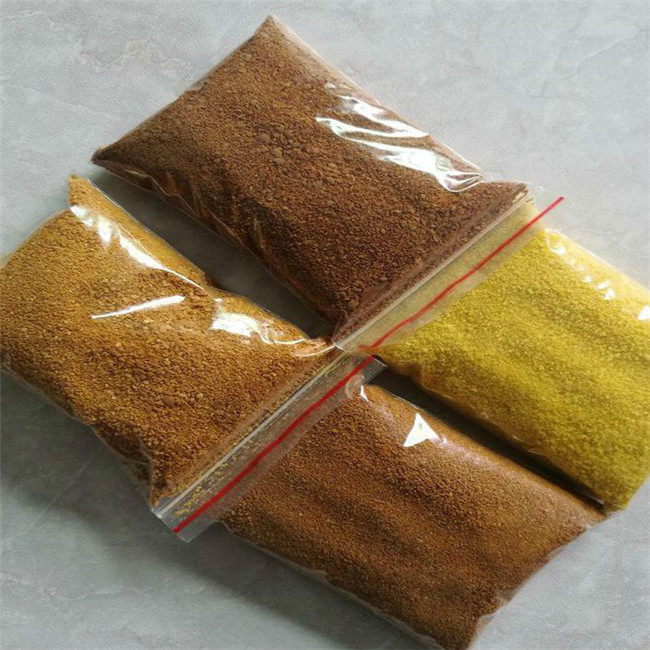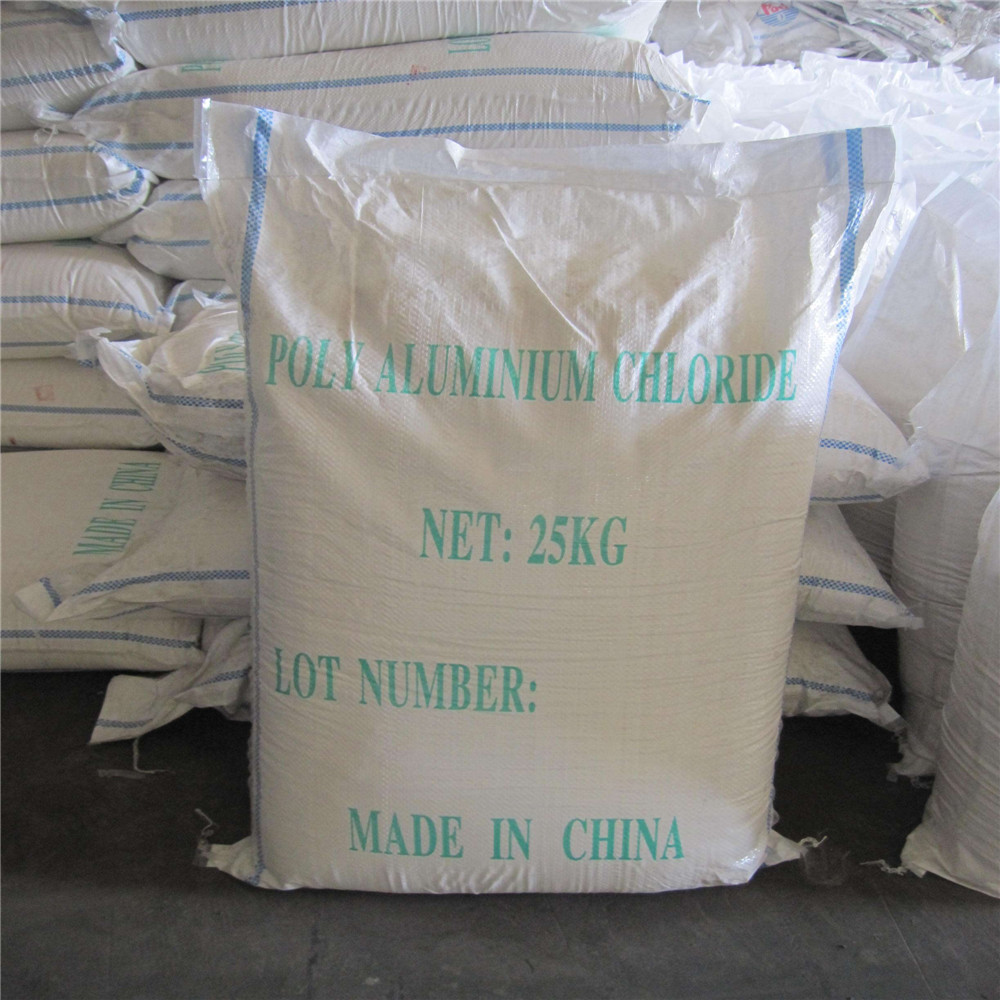The application of coagulants in
Water Treatment is very common now, but many people are not very familiar with or have a one-sided understanding of the mechanism of action of coagulants. This article comprehensively analyzes the mechanism of action of coagulants - coagulation is the general term for coagulation and flocculation. Here, the two mechanisms of action are introduced separately!
1. Condensation
Coagulation: mainly refers to the process of colloid destabilization and the generation of small aggregates. The mechanism of condensation generally includes four explanations: compression of the double electron layer, adsorption electrical neutralization, adsorption bridging effect, and net trapping sweeping effect.
1. Compression double layer effect
According to the DLVO theory, when an electrolyte containing high valence positively charged ions is added, the high valence positively charged ions enter the surface of the colloidal particles through electrostatic attraction, replacing the original low valence positively charged ions. This way, the double layer still maintains electrical neutrality, but the number of positive ions decreases, which means the thickness of the double layer becomes thinner and the sliding surface of the colloidal particles is replaced ξ The potential decreases.
When ξ When the potential drops to 0, it is called an isoelectric state, at which point the repulsive potential barrier completely disappears.
ξ When the potential drops to a certain value, the potential barrier Emax on the total potential energy curve of the colloidal particles is set to 0, and the colloidal particles undergo aggregation. At this point ξ The potential is called the critical potential ξ K.
2. Adsorption - Electrical Neutralization
The surface of colloidal particles adsorbs heterologous ions, heterologous colloidal particles, or polymers with heterologous charges, thereby neutralizing some of the charges carried by the colloidal particles themselves, reducing the electrostatic attraction between the particles, and making the colloidal particles more prone to aggregation and sedimentation. The driving forces include electrostatic attraction, hydrogen bonding, coordination bonding, and van der Waals forces. It can explain the phenomenon of colloidal particle re stabilization in water treatment.
3. Adsorption bridging effect
In the dispersed system, German colloidal particles are bridged and connected by adsorbing organic or inorganic polymer substances, and agglomerate into large aggregates for destabilization and sedimentation. Divided into
Long chain polymer bridging; 2. There are three types of short distance bridging: ①. The bridging between colloidal particles and uncharged polymer materials involves adsorption forces such as van der Waals forces, hydrogen bonds, and coordination bonds. ② The bridging between colloidal particles and polymer materials with heterologous charges not only involves van der Waals forces, hydrogen bonds, and coordination bonds, but also has an electric neutralization effect The bridging effect between rubber particles and polymer substances with the same number of charges, known as "electrostatic spots"
4. Net capture sweeping action: Aluminum salts, iron salts, and other coagulants added to water hydrolyze to form a large amount of hydrated metal oxide precipitates with three-dimensional structures. When these hydrated metal oxides shrink and settle in volume, they act like a sieve to capture and sweep down colloidal particles and suspended particles in the water. The net catching and sweeping function is mainly a mechanical action. 2. Flocculation: Flocculation mainly refers to the process of unstable colloids or small suspended solids aggregating into large flocs. 1. Perikinetic flocculation: Colloidal particle collision aggregation caused by Brownian motion. The Brownian motion gradually weakens as the particle size increases, and when the particle size reaches a certain size, the Brownian motion no longer plays a role. 2. Orthokinetic flocculation: Colloidal particle collision and aggregation caused by external forces (stirring). Colloidal particles move in a certain direction under external forces, and due to the velocity difference between different colloidal particles, they complete the collision and aggregation of particles. 3. Coagulation: It involves both coagulation (colloidal destabilization) and flocculation (aggregation of destabilized colloids or small suspended solids). It is a general term for the two processes of coagulation and flocculation. It is the aggregation process of colloidal particles and small suspended particles in water. That is to say, "coagulation" includes the entire process from raw water dosing to water mixing, drug reactions (destabilization, flocculation), and then to the formation of large particles of coagulants. Flocculation refers to the stage in which colloidal particles destabilize and form small flocs to form large flocs. 4. The distinction between coagulation and flocculation is very clear in terms of the definition and name of flocculants in China, which is distinguished by their main role in practical applications (colloidal destabilization or SS aggregation). Those that cause colloidal instability are called coagulants, while those that cause colloidal instability or small suspended particles to aggregate are called coagulants. Those that cause both colloidal instability and colloidal aggregation into large particles are called coagulants. For example, inorganic polymer flocculants such as PAC ( polyaluminum chloride ) and PFS generally play a role in colloid destabilization in coagulation precipitation. Therefore, in coagulation precipitation, PAC and PFS ( polymeric iron sulfate ) should be called coagulants; When the flocculence of sludge is poor, adding PAC, PFS, etc. to increase flocculence utilizes its bridging effect to coagulate the decomposed sludge together, playing a flocculation role. Therefore, in this case, it is defined as a flocculant; PAM (
Polyacrylamide) not only has the functions of charge neutralization and net trapping, but also has the characteristics of flocculation, so it is generally used as a coagulant.




